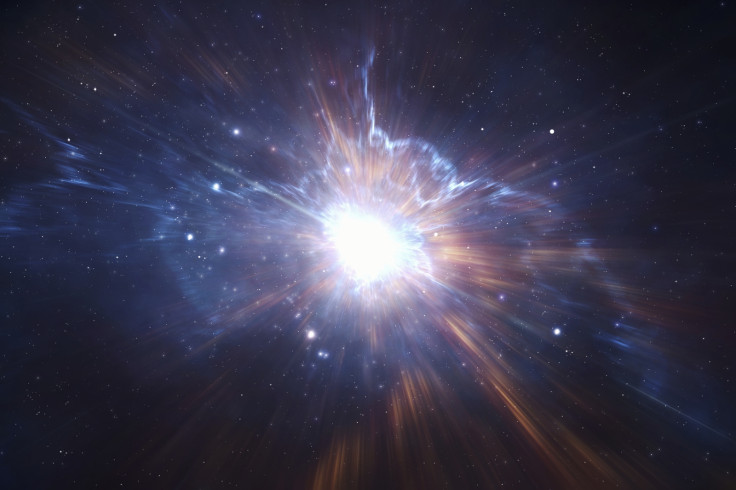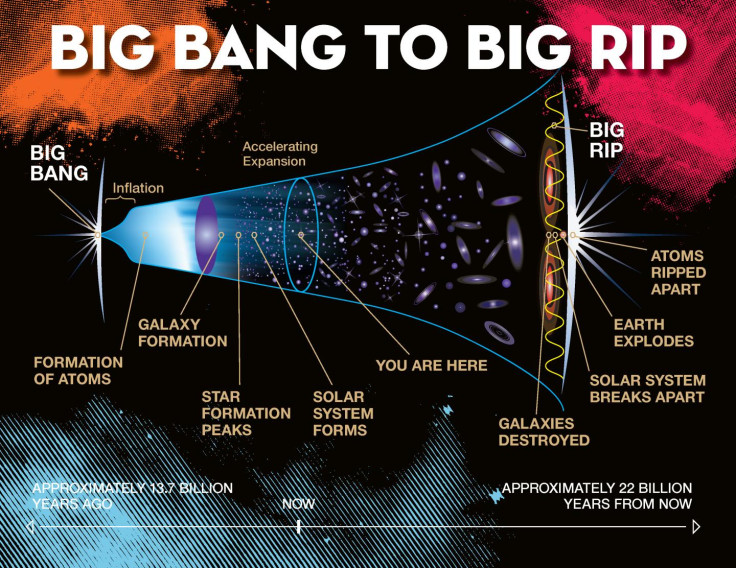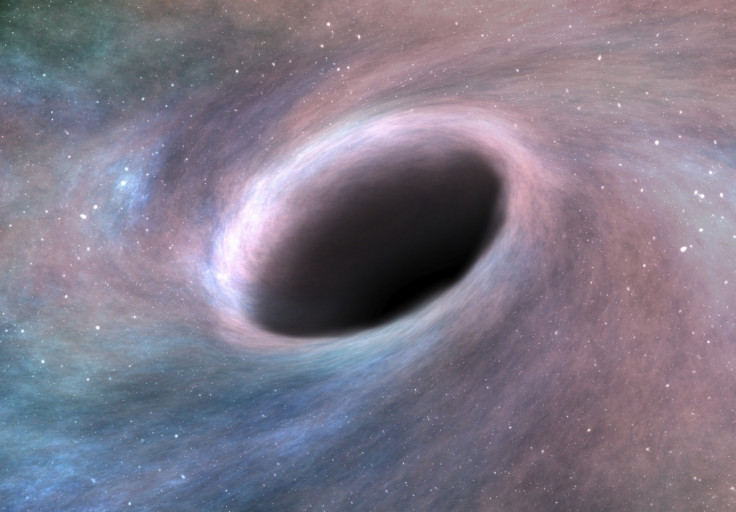Wormholes, a little rip and a big bounce: Mind-boggling theories about the universe from 2016
What theoretical physicists have found out about the cosmos over the past 12 months.

What happened before the Big Bang? When will the universe end? Could wormholes really offer a passage to another part of the universe? Here are some of the things we learned this year.
The universe is on a constant cycle of expansion and contraction
Before the Big Bang, another universe existed and after the current one collapses in on itself, a new one will emerge. That is according to research published on the pre-print server arxiv.org, in which scientists used a new model of cosmology to look at pre-Big Bang physics. Mir Faizal and colleagues took two inputs relating to energy and length and applied it to a thermodynamical description of the general theory of relativity.
What emerged was four distinct phases of the universe. The universe would expand up to a point, stop, then begin contracting before reaching a point where a Big Bang takes place. "The Big Bang is not really the beginning of the universe, it is just a phase transition," Faizal said. "There was a phase before the Big Bang, there is the present phase, there will be a phase after this and then will yet another fourth phase. Then a new Big Bang will occur."
Naked singularities can exist in a 5D universe
Black holes existing in a five-dimensional universe have the potential to produce a naked singularity. A singularity is traditionally found at the centre of a black hole and is a point in space where the gravity is so intense, the laws of physics break down. A naked singularity is this point, but outside of a black hole.
We perceive the universe in 3D, while time makes up the fourth dimension. String theory, however, says there could be up to 11 dimensions. Researchers from the University of Cambridge and Queen Mary University of London managed to simulate a black hole shaped like an extremely thin ring in a 5D universe to see what happened. When it was stretched so much, it broke up into a naked singularity. Findings were published in Physical Review Letters.
Dark energy will tear universe apart in a Little Rip

Millions of years from now, dark energy will slowly start tearing the universe apart. Researchers from the Technical University of Lisbon in Portugal created a model to look at the three different scenarios as to how the universe will end – specifically, the Big Rip, where dark energy gets stronger and stronger over time. As the universe expands at an ever-increasing pace, this theory says that eventually it will no longer be able to withstand the speeds and will be torn apart.
The team looked at three potential scenarios – where the Big Rip happens instantly, where it happens gradually, or the Little Rip, where the destruction is slow. By looking at how dark matter clumps together, researchers were able to show that the third Little Rip scenario was most plausible.
Wormholes at the centre of black holes could offer passage to other parts of the universe
Physical objects could pass through a wormhole at the centre of a black hole to travel to another part of the universe. A team from the Institute of Astrophysics and Space Sciences (IA) in Portugal, had previously found that without a singularity, there could be a finite-sized wormhole at the centre of a black hole.
They then looked at what would happen if an object fell into such a black hole. Their findings, published in the journal Classical and Quantum Gravity, showed that while the object would be crushed as it travelled beyond the event horizon, it would technically remain as a physical object and would eventually be pulled through the wormhole at the centre.
Supermassive black holes hide other universes within them

Black holes might be passages connecting our universe to the multiverse. Alex Vilenkin of Tufts University in Medford, Massachusetts, was looking at problems relating to inflation following the Big Bang. Quantum mechanics means that a small patch of space-time could change into a different quantum state and form a bubble.
These bubbles could form at random throughout the universe – and even look like a black hole to a physicist in another universe. These bubbles would also keep inflating, creating a vast multiverse network. The team carried a mathematical analysis of the fate of the bubbles that could have formed. Findings showed the bubbles that had an energy lower than that of our own inflating universe would start to expand. While standard black holes serve as bubbles that collapsed in on themselves, supermassive black holes could contain their own universe.
© Copyright IBTimes 2024. All rights reserved.







